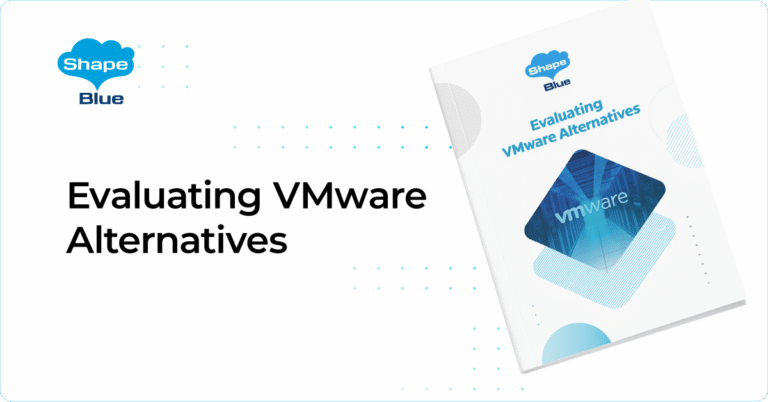What Enterprises Can Learn from Cloud Service Providers
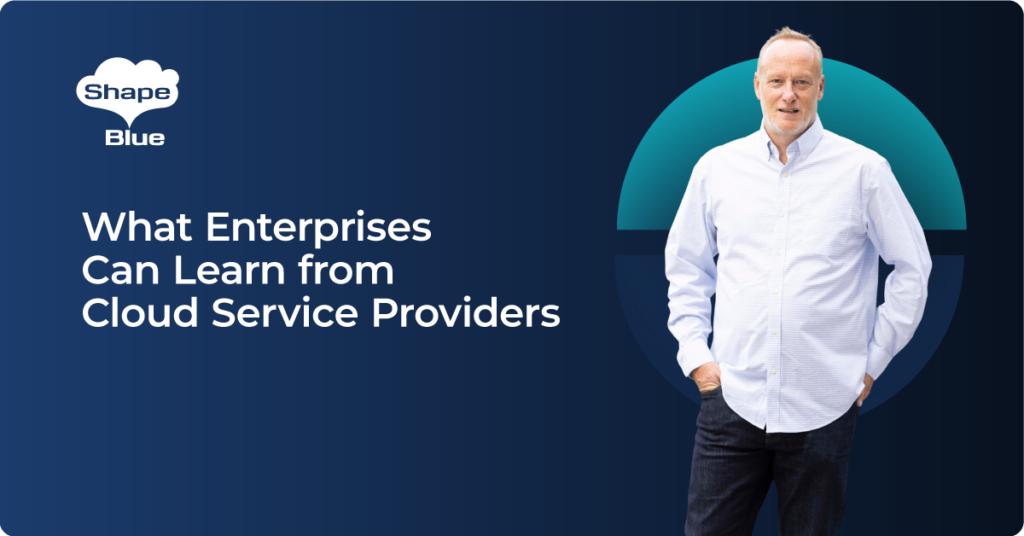
Enterprises face a multitude of technology challenges when managing internal infrastructure and virtualization, that often hinder their ability to operate efficiently and innovate at scale. Legacy systems and technical debt can create barriers to efficiency. Cloud adoption, while beneficial, brings its own set of issues related to governance, performance optimization, efficiency and cost control, especially […]
ShapeBlue and Ampere Reference Architecture for IaaS Cloud on ARM64 Architecture
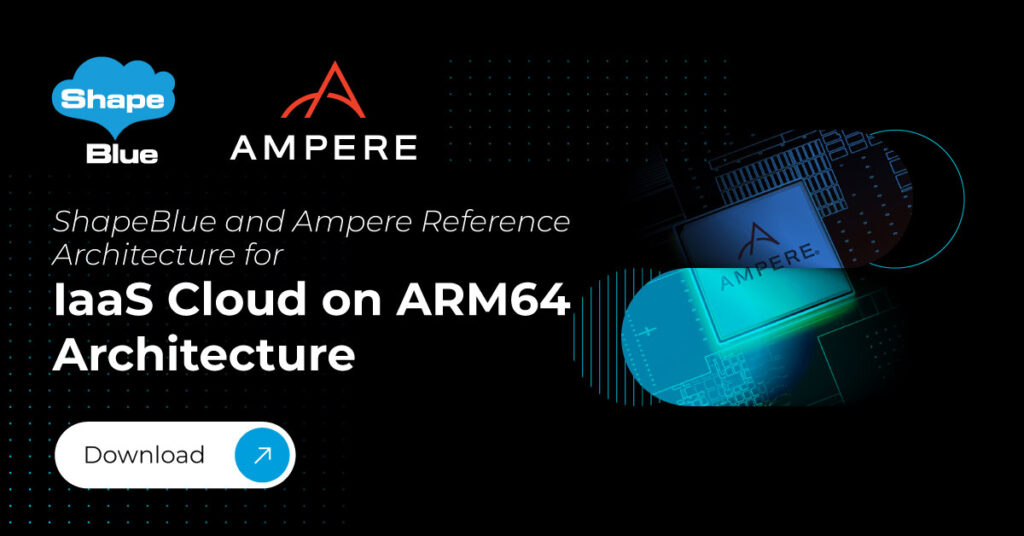
As organizations increasingly build on-premises clouds or enter the Service Provider market with public cloud offerings, the need for the right set of tools to launch, manage and scale the Infrastructure as a Service (IaaS) platform has never been greater. However, selecting the appropriate technology stack can be a challenging decision. From hardware to hypervisor, […]
ShapeBlue Supports the CloudStack European User Group 2025
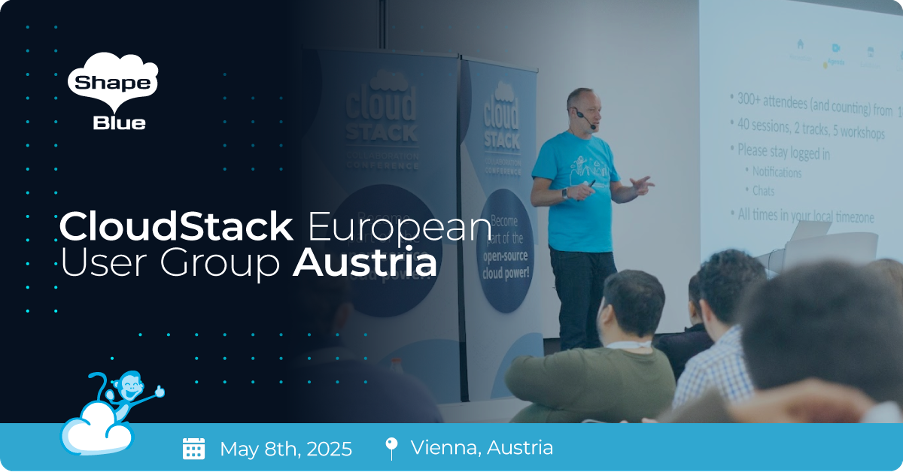
The CloudStack European User Group (CSEUG) 2025 will be taking place in Vienna, Austria on May 8th, at the Quartier Belvedere Central 3. This spring’s CSEUG local host will be LINBIT, the company behind the open-source storage software DRBD and LINBIT. ShapeBlue is proud to be sponsoring the User Group once again, alongside LINBIT and […]
ShapeBlue Joins CloudFest 2025 to Support the Apache CloudStack Project
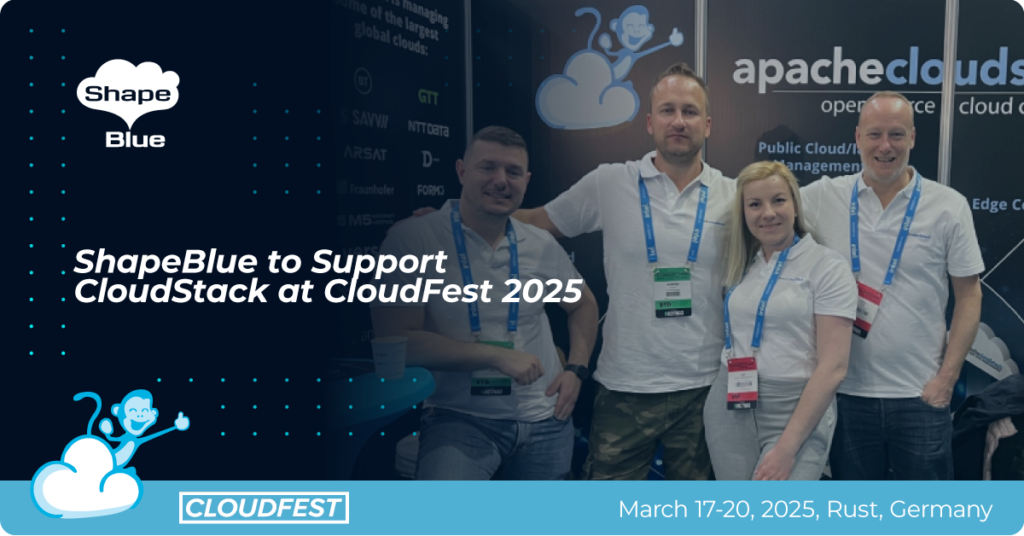
From March 17-20, the world’s leading internet infrastructure event – CloudFest – will return to Europa-Park in Rust, Germany. ShapeBlue will be supporting the Apache CloudStack project, with a number of team members helping at the booth alongside other community members. For the third consecutive year, Apache CloudStack will have a presence at CloudFest, showcasing […]
ShapeBlue Security Advisory: Unauthorised access to annotations
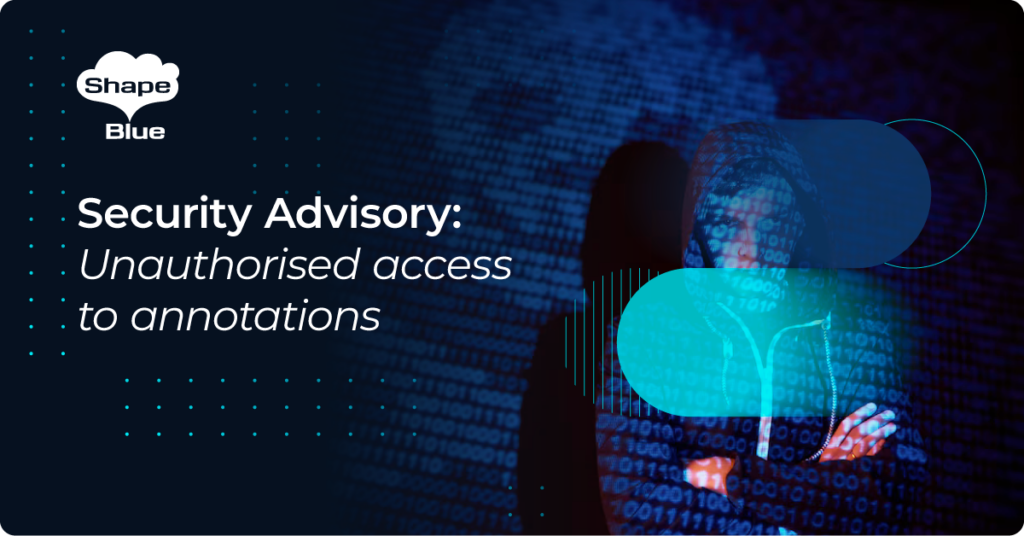
The Apache CloudStack project has announced an advisory against CVE-2025-22828 (severity ‘Low’) – Unauthorised access to annotation. Affected Versions Apache CloudStack 4.16.0 or later. Description and Resolution CloudStack users can add and read comments (annotations) on resources they are authorised to access. Due to an access validation issue that affects Apache CloudStack versions […]
Inside CloudStack Collaboration Conference 2024: ShapeBlue’s Recap and Highlights
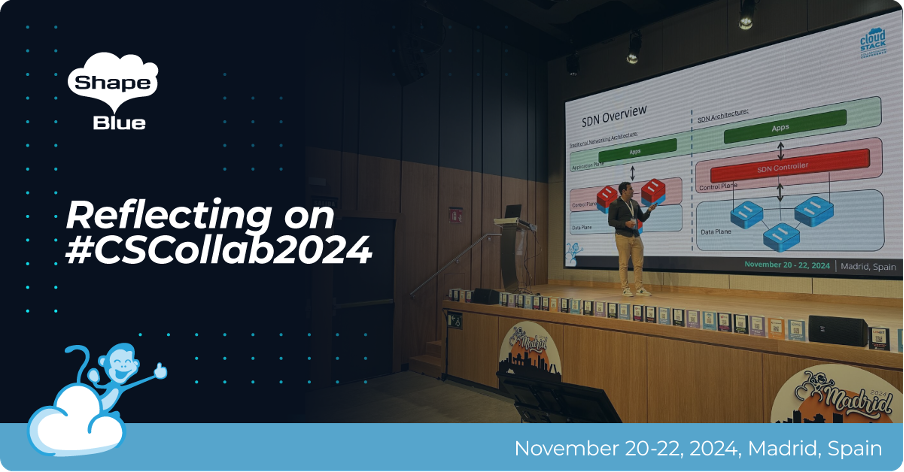
The CloudStack Collaboration Conference (CCC) 2024 has come and gone, and what an incredible event it was! It was great seeing the community come together from all corners of the globe to collaborate on all things #CloudStack. As a Diamond Sponsor, the ShapeBlue team is proud to participate in this conference each year, whether through […]
ShapeBlue Security Advisory: Apache CloudStack Security Releases 4.18.2.5 and 4.19.1.3
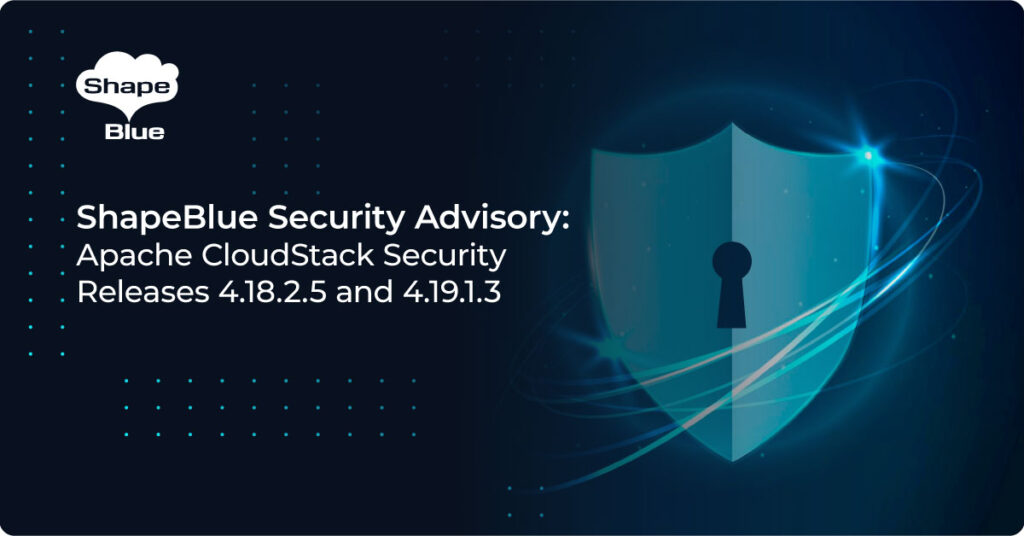
The Apache CloudStack project has announced an advisory against CVE-2024-50386 (severity ‘Important’). CVE-2024-50386: Directly downloaded templates can be used to abuse KVM-based infrastructure Account users in Apache CloudStack by default are allowed to register templates to be downloaded directly to the primary storage for deploying instances. Due to missing validation checks for KVM-compatible templates in […]
ShapeBlue Takes the Stage: Expert Sessions at CloudStack Collaboration Conference 2024
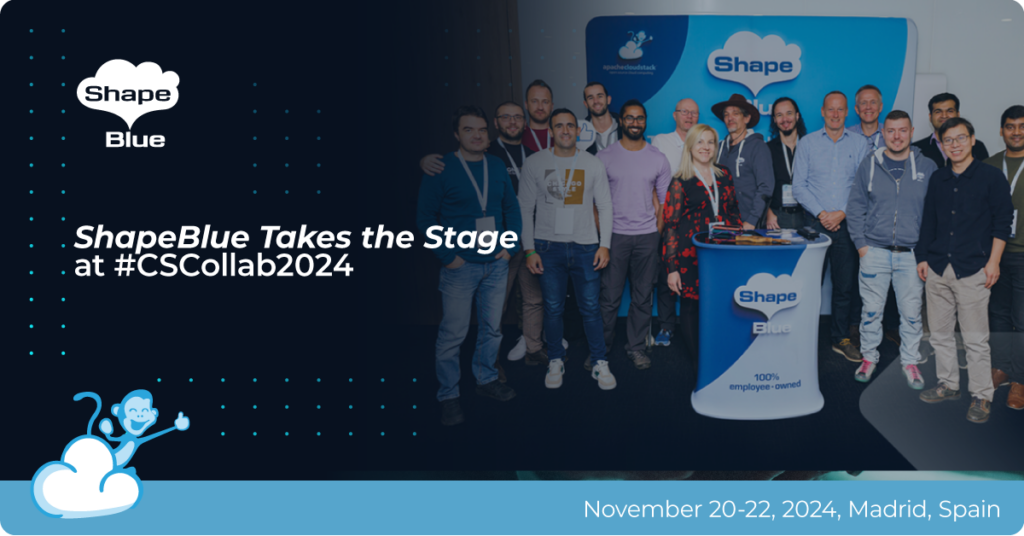
The ShapeBlue team is excited to be participating once again at the CloudStack Collaboration Conference! Taking place in the vibrant city of Madrid, Spain, from November 20-22, the event is set to be another #CSCollab to remember. The first day will kick off with a hackathon, followed by two days filled with sessions and workshops, […]
ShapeBlue Security Advisory: Apache CloudStack Security Releases 4.18.2.4 and 4.19.1.2
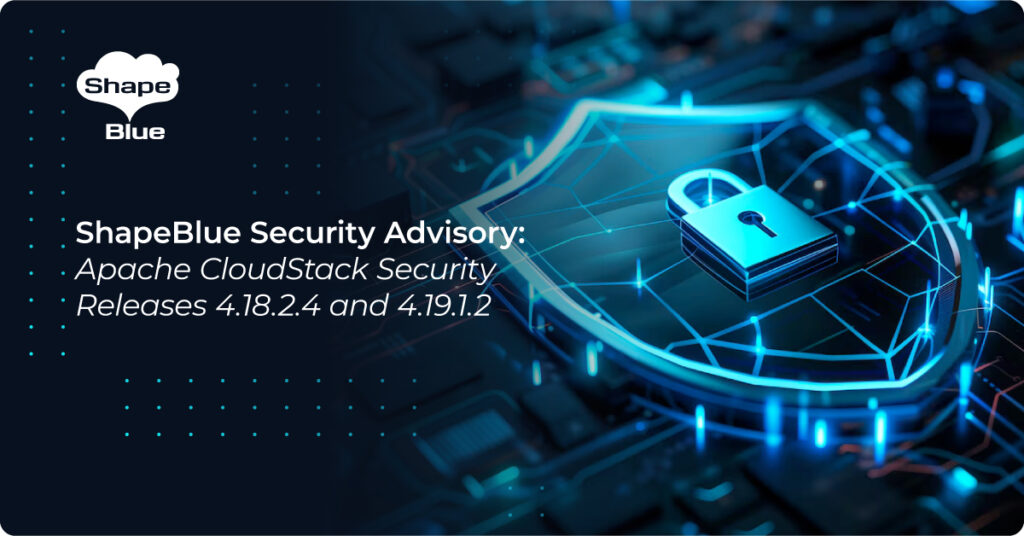
The Apache CloudStack project has announced an advisory against CVE-2024-45219 (severity ‘Important’), CVE-2024-45461 (severity ‘Moderate’), CVE-2024-45462 (severity ‘Moderate’) and CVE-2024-45693 (severity ‘Important’), explained below. CVE-2024-45219: Uploaded and registered templates and volumes can abuse KVM-based infrastructure Account users in Apache CloudStack by default are allowed to upload and register templates for deploying instances and volumes for […]
Becoming an Employee-Owner at ShapeBlue | Meet the Team
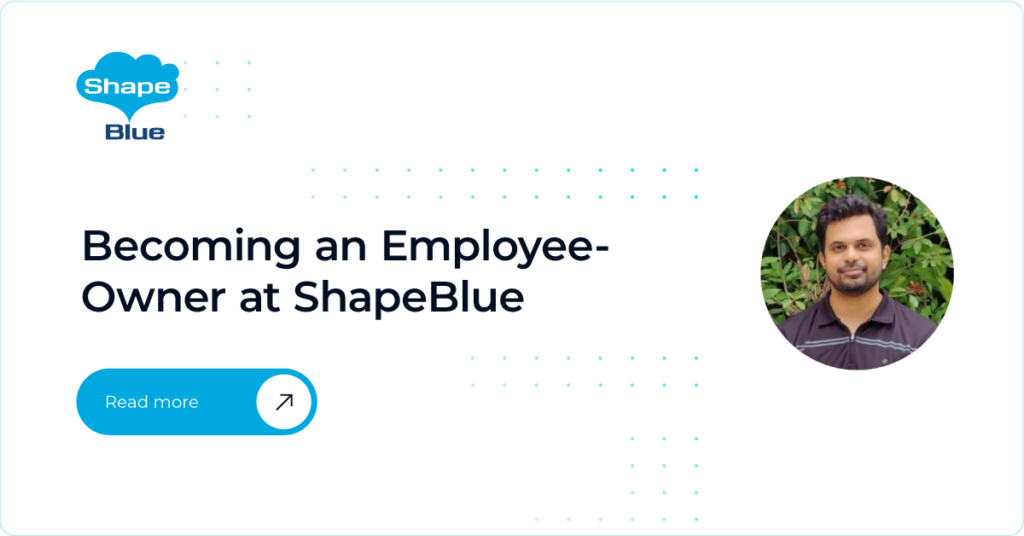
Hi, I’m Abhisar Sinha, and I’m thrilled to share a bit about myself and my journey at ShapeBlue. I joined the company as a software developer six months ago, after a stint of over 12 years at NetApp, India. While my previous role allowed me to dive deep into the world of storage at a low […]

